Our History
Arts at the Multnomah Arts Center has a history of dedicated individuals. Learn more about the history of MAC here...
1940s
Arts in Portland Parks has a long history. In the late 1940s this tradition was initiated by Claude McGraw with drawing and painting classes. Mary Alice Gardner and others started a clay program. In the mid ’50s, Alice Drew got a weaving program started in the Parks Bureau. So how did these disciplines all end up at the Multnomah Art Center?
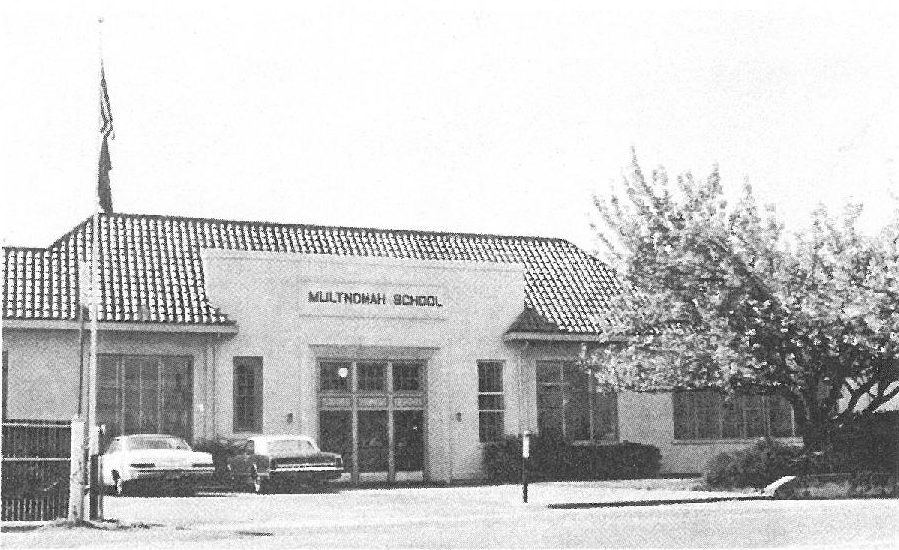
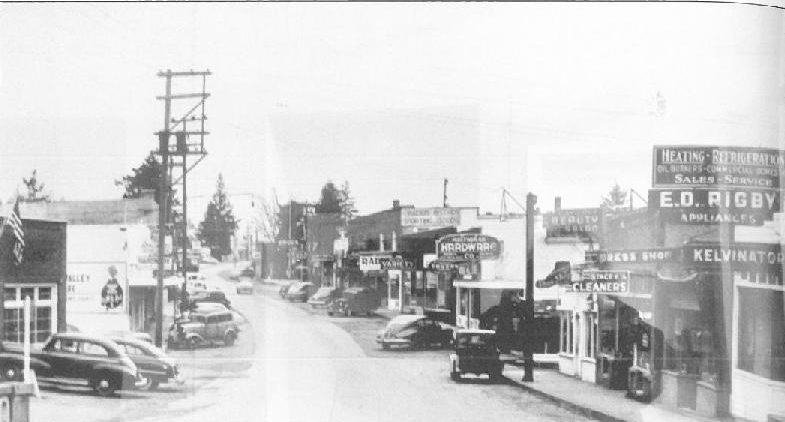
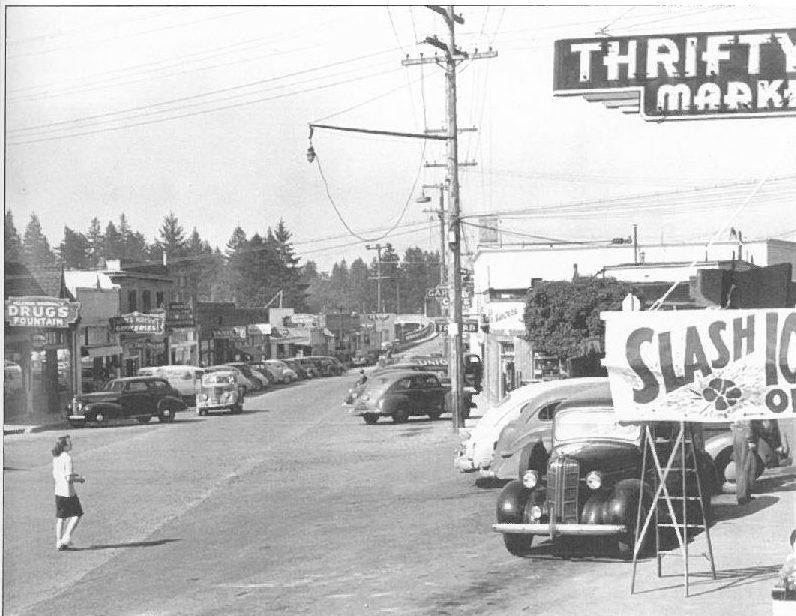
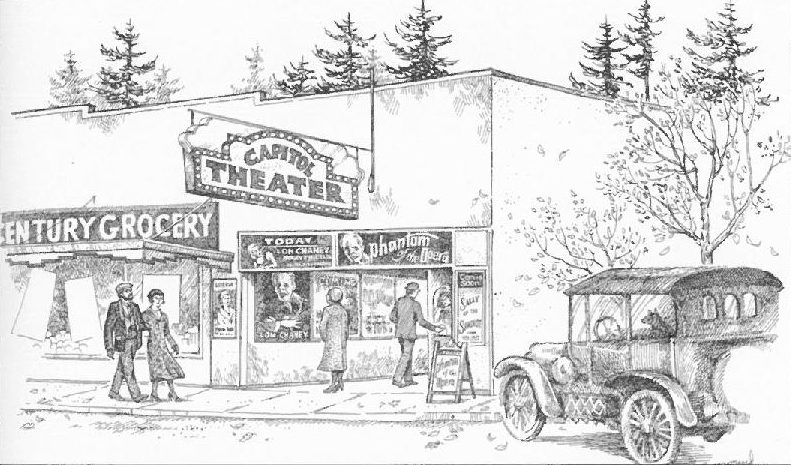
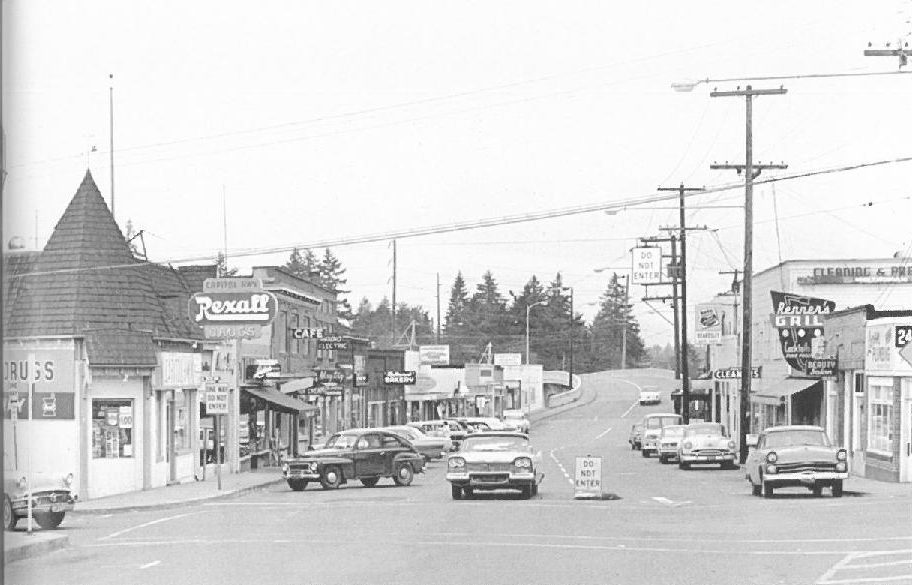
1970s
In 1973, some changes began to take shape in Multnomah. Under the new directorship of Will Hathaway, the Multnomah Community Center was renamed the Multnomah Community Design Center. The focus changed from sports-related activities to arts and crafts, which were more suited to the space and layout of the building. A new approach to programmed instruction was introduced: self-sustaining instructors (classes pay for themselves). Self-sustaining classes allowed a wider variety of classes and instruction, rather than depending on staff skills alone. By winter term of 1974, along with those classes which were staff-instructed, the center was offering twenty-one different classes taught with the help of self-sustaining instructors.
In 1973 the first adult ceramics classes migrated to the reorganized center from the Children’s Museum and were relocated in the building’s basement. In 1975 boxing, having insufficient participation, was dropped from the Center’s offerings. This allowed more space for pottery, and a potter-in-residence position was established. Also in 1973, part of the Park Bureau weaving program moved to the Center from The Little Loom House near the St. John’s Community Center. Dance and music programs were begun on a small scale.
In 1977 Leo Franz joined the staff of the Center. The following year the name was changed to Multnomah Art Center (MAC). By 1979, MAC had a faculty of 30 self-sustaining instructors offering 70 different courses. The Center was expanding fast. Luckily a new building only one block away presented itself…
1980s
In January 1982, the Multnomah Art Center moved into the former Multnomah School (which became “Multnomah Center”). Because much more space was now available, the Little Loom House was phased out entirely and the entire weaving program brought to MAC. A large dance studio and a stage enabled the dance and exercise programs to grow by leaps and bounds. Pottery found a larger kiln and work space. There was room for a formal gallery, and a playground and basketball area outside made the Center more of a park.
Two additional full-time staff were hired in that same year: a Multnomah Center Rental Coordinator and a MAC Dance Coordinator. The Center now existed not only in a community context, but in the context of several other tenants of the Multnomah Center building. A senior center, a meals for seniors program (Loaves and Fishes), a parent-child co-operative play group, a youth service center and a historical association all shared the building. Thus more avenues of interaction were opened. In addition, the Southwest Neighborhoods Information Office moved in with the Art Center to the new building. Compatible users of extra space available at the Multnomah Center were recruited and encouraged in order to help complement the Art Center. The Portland Country Dance Community, Naslada Balkan Dancers, Oregon Potters Association, and Portland Handweavers Guild are some examples of groups which rented with us on a regular basis. In addition, the Center has been a springboard for other organizations such as Pacific Ballet Theatre, the Ladybug Theatre, Educators for Social Responsibility and Oregon Association for Talented and Gifted. The Friends of Timberline used the Multnomah Center for years as a Portland base for restoration projects for Timberline Lodge.
In 1983, the Multnomah Art Center Association (MACA) was incorporated, formed from the former Multnomah Art Center Citizens Advisory Board. This organization has helped advise, raise funds for, and support the Art Center in many ways.
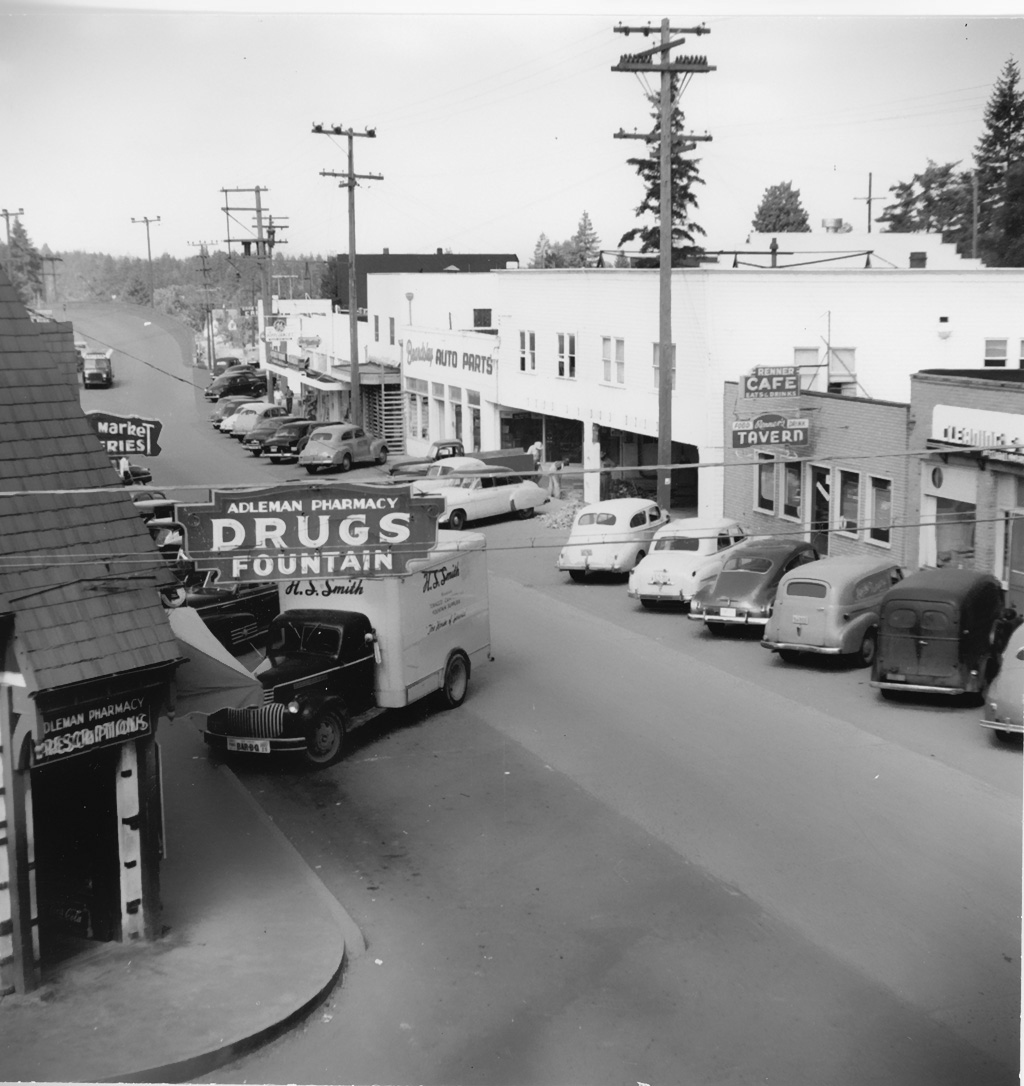
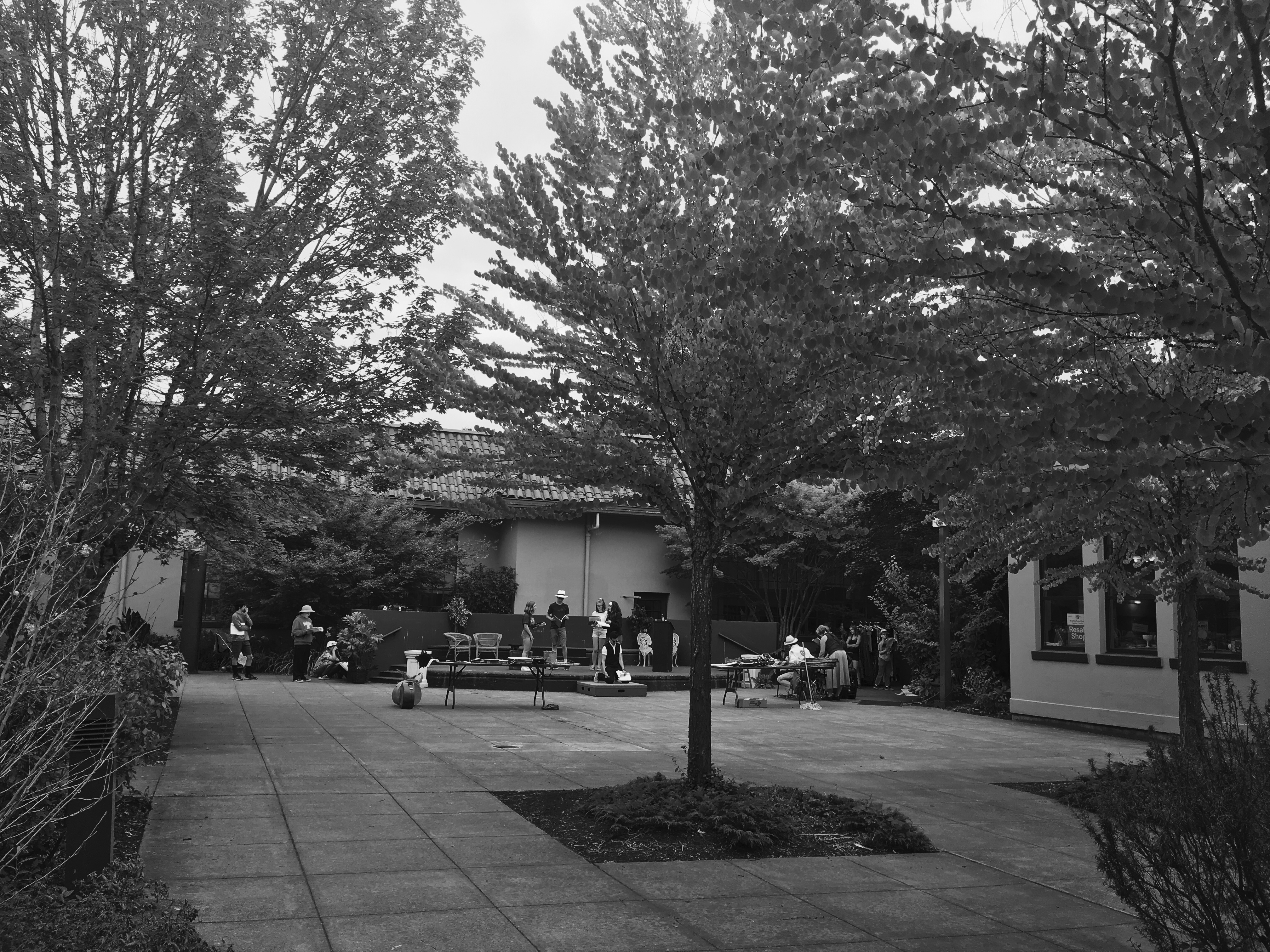
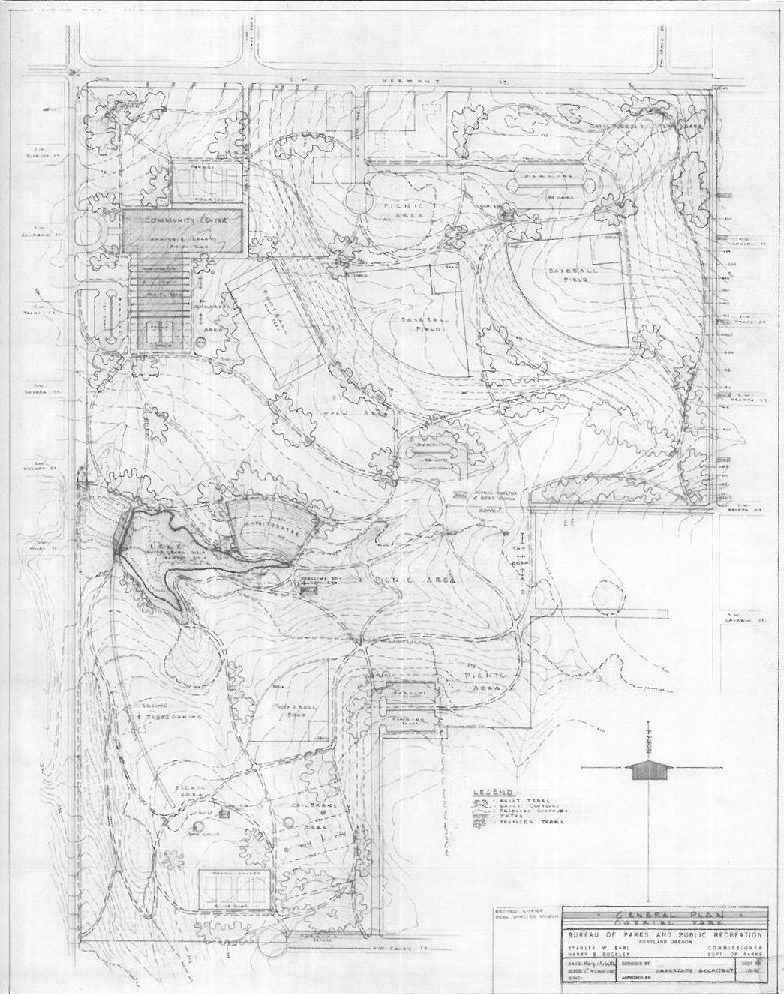


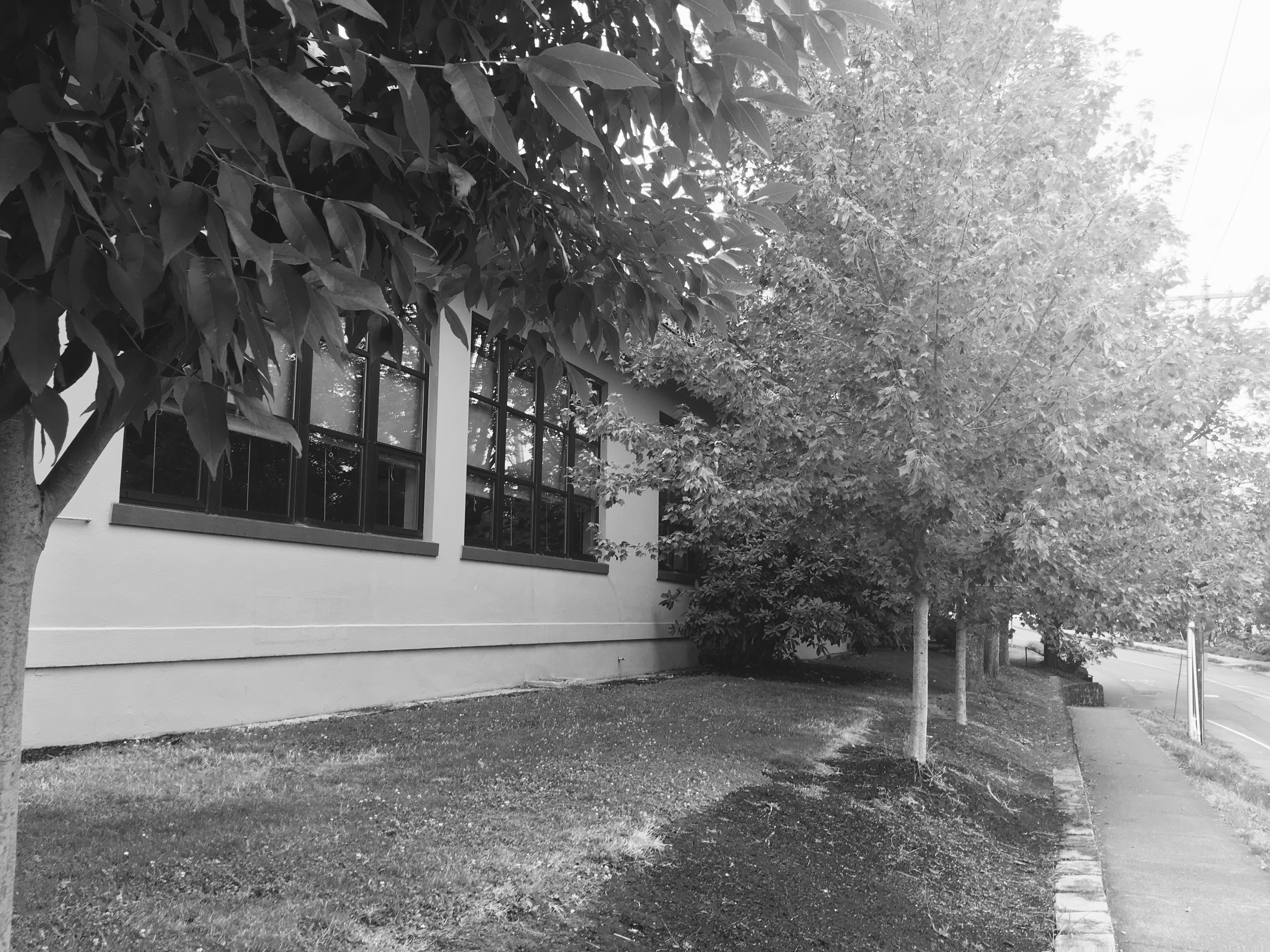
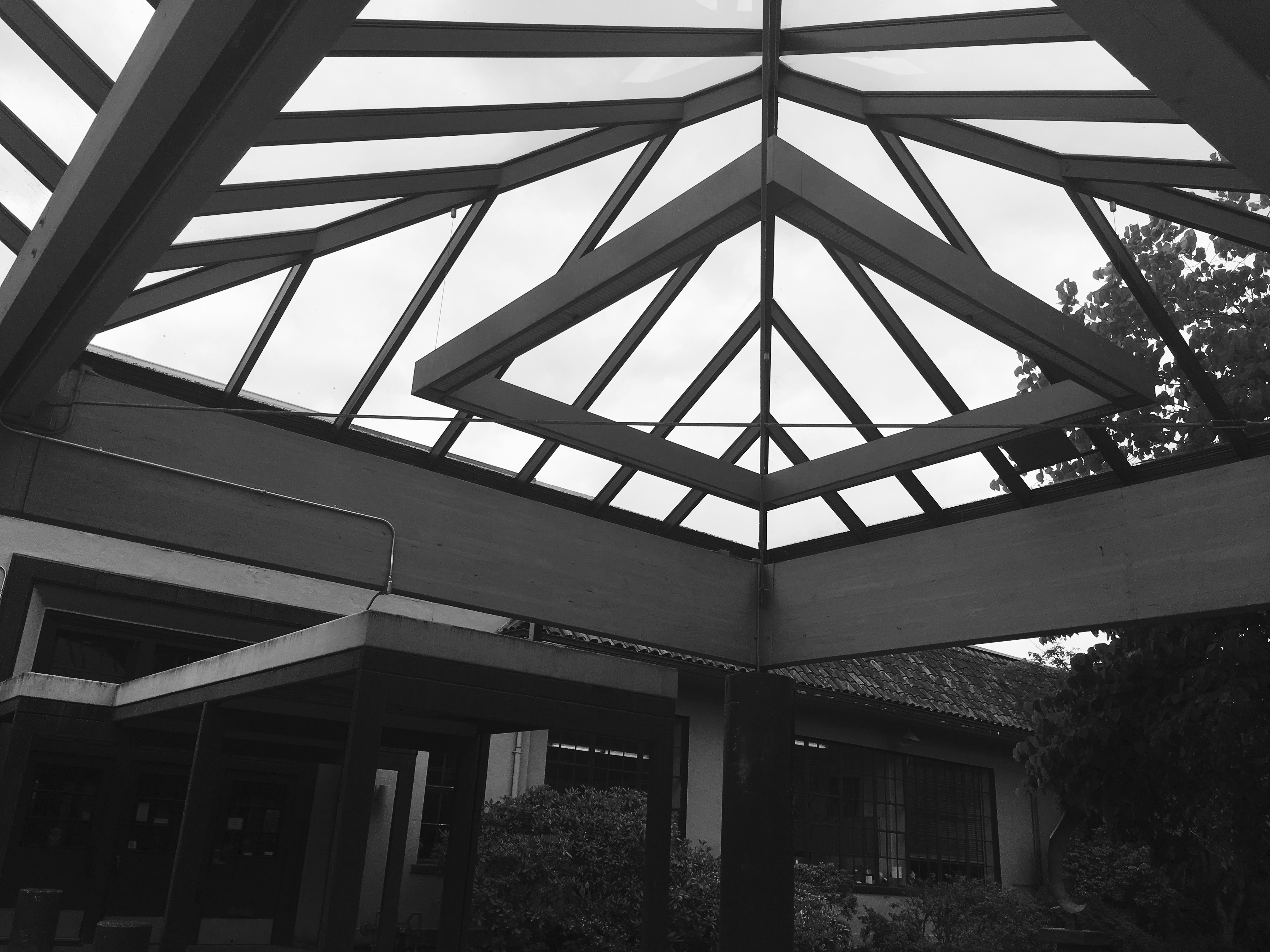
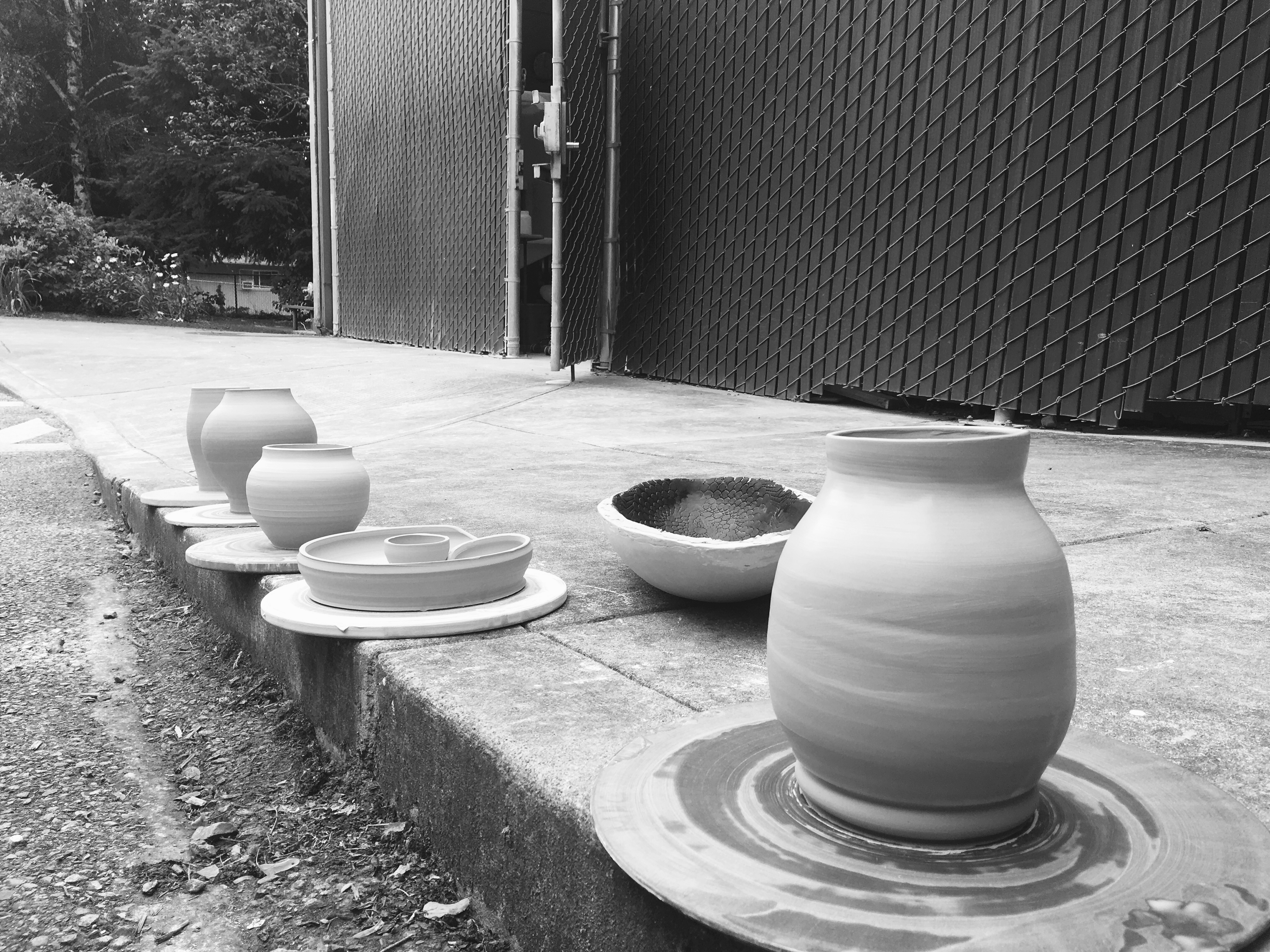
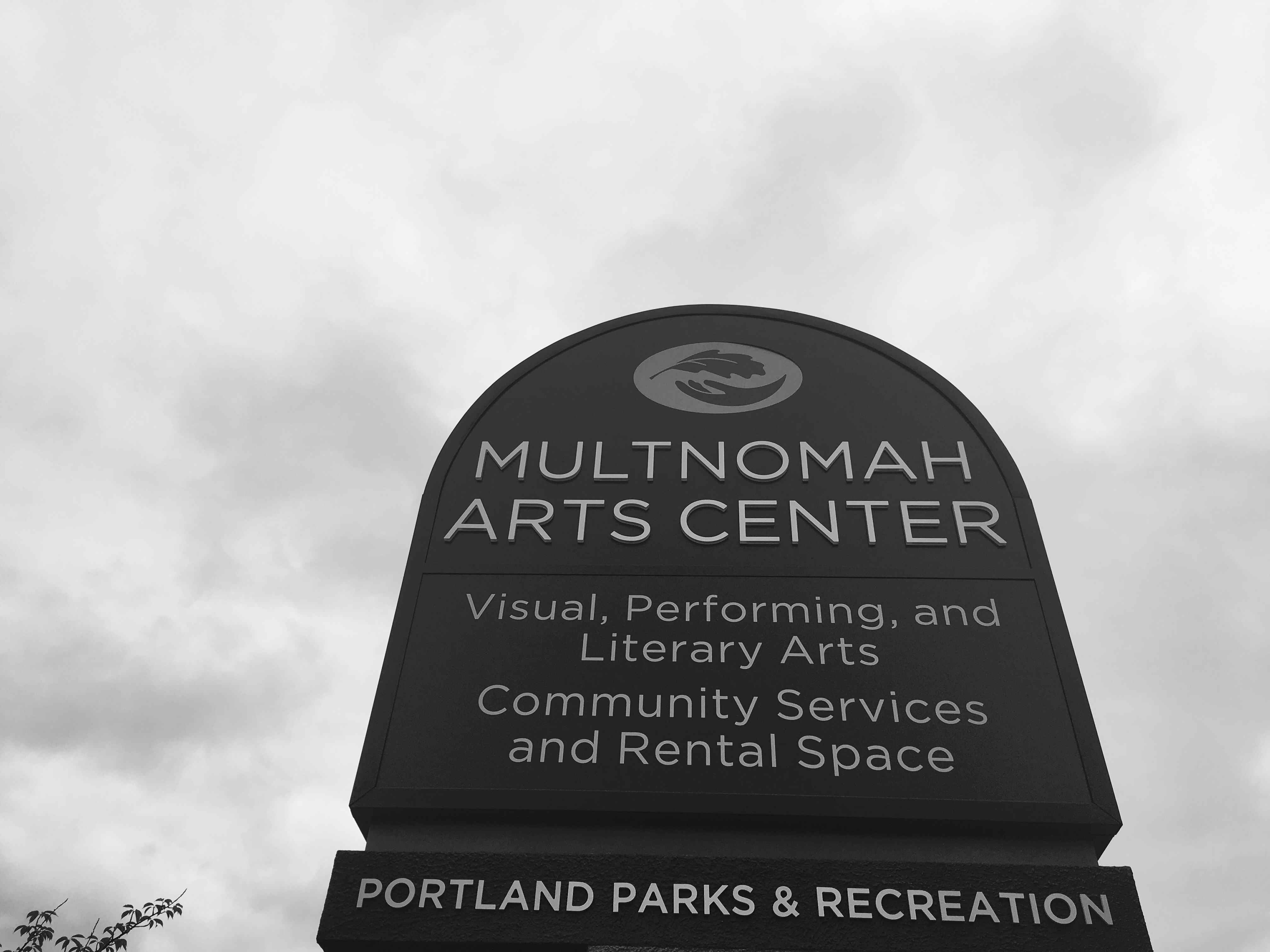
1990s
By 1994, the Multnomah Art Center had grown to encompass a schedule of 150+ classes offered by approximately 80 teachers serving all ages from toddler through seniors. Multnomah Art Center was serving upwards of 18,000 people including 8,000 youth per quarter. The full-time staff settled at three and the part-time staff expanded to fifteen. Will Hathaway became the Administrative Director of the Multnomah Art Center and Multnomah Center and Leo Franz the Program Director for the Multnomah Art Center. The Rental and Performing Arts Coordinator was Eric Dash who performed these functions for Multnomah Center and Multnomah Art Center respectively.
The next decade was one of growth. In 1998 the name was changed to the Multnomah Arts Center, in recognition of the variety of the art forms offered. The music program expanded faster than any other area. Starting with group guitar lessons and sing-along’s as the primary music program components in 1980, MAC added individual piano lessons in 1990. By 2005, the music department had grown to encompass individual lessons not only in guitar and piano, but also in voice, violin, cello, percussion, ukulele, banjo, bass guitar, flute, saxophone, clarinet, and oboe. Even didjeridu has been offered in group lessons. Areas of music taught as part of these lessons include, classical, jazz, folk, bluegrass, popular and rock.
Meanwhile, the music faculty has grown from one teacher in 1988 to twenty-three teachers by the summer of 2005. Upwards of 250 private students enroll in a term. Three small spaces were converted in the late 1990’s to become music practice rooms and in 2002 a classroom was converted to the Multnomah Arts Center music studio. The vision for the future of a space in which student and teacher ensembles could play, rehearse, and learn had found a home.
In 1997 Will Hathaway retired as director. Leo Franz became the new director. The following year, Eric Dash became Assistant Director and Emily Thomas was hired as a full time staff. Her stint lasted approximately one year only, however. Nicole Rawlins took her place in 1999. She was charged with running the printing program as well as the entire children’s visual arts.